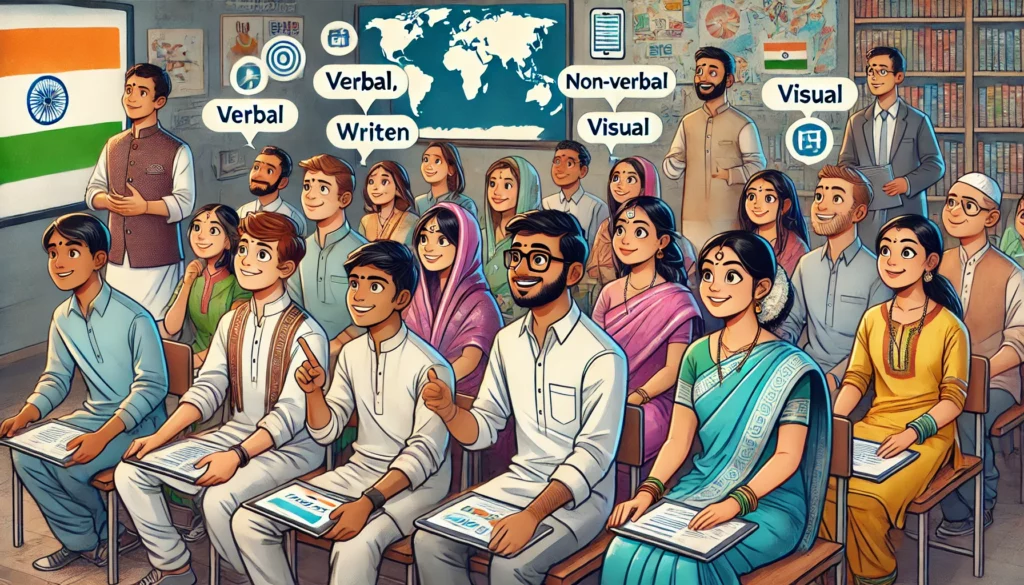In today’s fast-paced world, communication plays a crucial role in connecting people, businesses, and societies. There are various modes of communication, each serving different purposes based on convenience, speed, and accessibility. Let’s explore the main types:
1. Verbal Communication
This is the most common and direct way of exchanging information. It includes:
- Face-to-face conversations – Ideal for personal interactions, allowing tone and body language to enhance the message.
- Telephone or video calls – Useful for real-time discussions across distances.
2. Non-Verbal Communication
Sometimes, actions speak louder than words. Non-verbal communication includes:
- Gestures and body language – A smile, a handshake, or a frown can convey emotions.
- Facial expressions – Often express feelings more effectively than spoken words.
3. Written Communication
This mode is essential for formal and professional interactions. Examples include:
- Emails and letters – Used in businesses and official communication.
- Text messages and Social Media – Quick and informal ways to exchange information.
4. Visual Communication
A picture is worth a thousand words! Visuals enhance understanding through:
- Graphs, charts, and infographics – Used in reports and presentations.
- Videos and advertisements – Powerful tools for marketing and storytelling.
5. Digital Communication
The internet has revolutionized communication, making it instant and global. Key examples are:
- Social media platforms – Like Facebook, Twitter, and Instagram.
- Web conferencing and emails – Essential for remote work and online collaboration.
Conclusion
Understanding different modes of communication helps individuals and organizations choose the most effective way to share ideas and information. Whether verbal, written, visual, or digital, each mode plays a crucial role in connecting the world.

